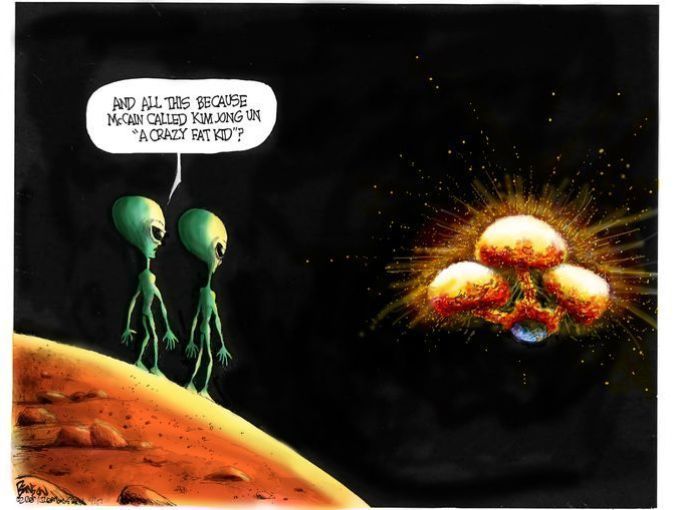It came up basically in certain elections, The first Catholic ever to run was Al Smith in 1928
这种分化是经过某些大选逐渐形成的。第一位参选的天主教徒是1928年参选的史密斯
and there was a lot of anti-Catholic sentiment and he lost votes
当时激发了大量的反天主教情绪,导致他失去了很多的选票
He gained some votes actually in Catholic areas
他在天主教地区获得了一定的支持
They went to the Democrats 4 years earlier but overall he lost votes
4年前的大选他们也曾支持民主党,但总体上,他还是输的更多
Then when Kennedy came in in 1960s, There was a lot of fear that it would be another big issue
1960年代,当肯尼迪参选的时候,很多人担心宗教信仰会再一次成为一个大问题
And Kennedy went to great lengths to assure the country
肯尼迪尽极大的努力向人们保证
that he was not going to be behold into the Catholic church and he really believed in separation of church and state
他以及与他相关的东西将不会出现在天主教徒之中,他也真切地相信政教分离的原则

It seemed to work pretty well that map you can't find
这似乎非常奏效,在地图上你找不到
If you go back to the map of 1960s, try to understand why that Kansas county, the Ellis County voted for Kennedy
如果回到这张1960年的地图思考一下为什么堪萨斯州的埃利斯县把票投给了肯尼迪
has to do with very heavy German assumed to be Catholic population
这与该地区主要是德国人,尤其是天主教人口众多有关
German Czech and other immigrant groups in that county, so you can pick it up a little bit
该县拥有德国人,捷克人以及其他移民群体,这样你就有所了解了
By and large though, the big gap between the religious and the less religious starts in 1992, it's when you first see it really clearly
大体上看,虔诚的和不那么虔诚的明显差异在1992年才开始显现,人们第一次清楚地看出这种差异
In the election of George Bush Senior and Dukakis in 1988, it's only a couple of percent
1988年老布什与杜卡基斯的那场大选中,差异还只是少量存在
It's when Clinton comes in that it becomes strong and then even stronger in 2000 and 2004
到了克林顿时代分化变得明显,到2000年和2004则更为加剧
So yeah there are world religious patterns, but you didn't have the split between people who go to church a lot and those who don't
没错,世界上是有不同的宗教模式,但没必要把他们划分为经常去教堂的人和不去教堂的人












